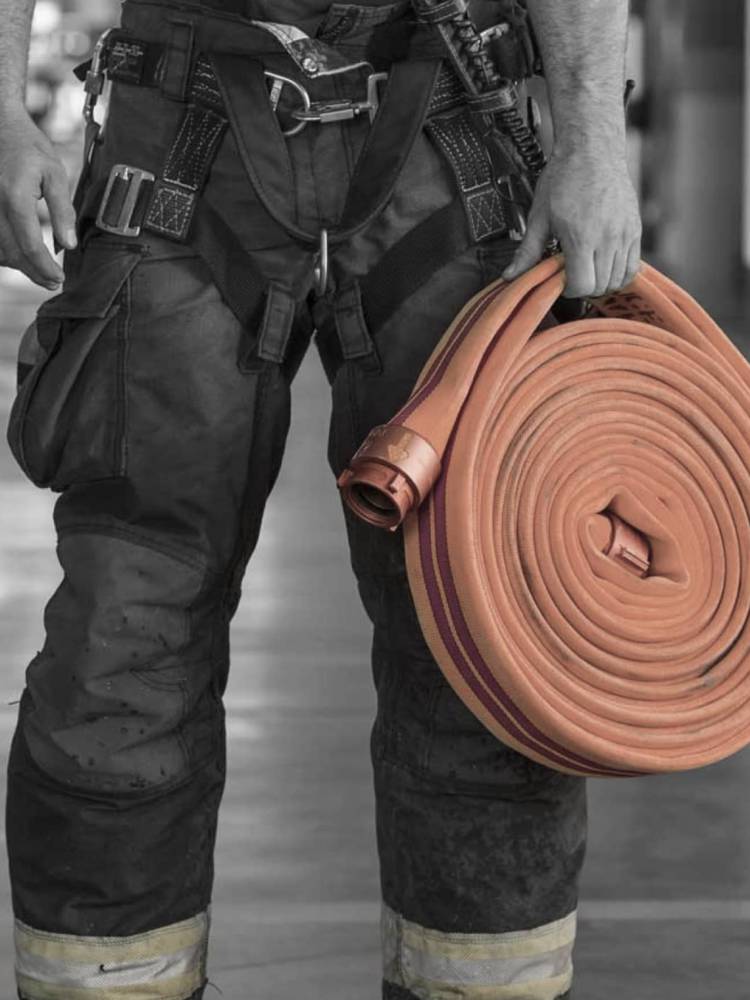
Hoser Math
We're making it easier for you to know your flow – just select your hose line and size, then give us your total length and volume. We'll take care of the rest, because we're nerds like that.

Estimate Friction Loss*
Based on a c-factor of
Our attack hose coefficients are measured via two 50' / 15M coupled sections; LDH is measured via one 100' / 30m length with equal size Storz couplings. These friction loss numbers are estimates based on ideal conditions. There are unknown factors that may affect the actual friction loss in your lines. We recommend always dialing in your flows with calibrated meters and gauges to ensure your PSI at the nozzle is sufficient to meet your desired flow. Too much or too little pressure will affect your hose performance.
Sorry, there's been an error
If the problem persists, get in touch with us at info@knowyourhose.com.
In the Know on Flow
Friction is the force resisting the relative motion of solid surfaces, fluid layers and material elements sliding against each other. Friction loss is the pressure loss due to the friction. Distance, diameter, and the GPM / volume, all affect friction loss.
In firefighting, friction between the water and the inside surface of the pump, connected appliances and fire hose all cause turbulence. This turbulence reduces the energy produced by the pump (PSI). The higher the GPM/LPM passing through a hose or pipe, the more turbulence and friction loss will result.
As a result of the friction loss, the PSI at the working end of the hose will be lower than at the pump – which thereby lowers the water output fighting the fire. The type of nozzle being used — smooth-bore, automatic nozzle or adjustable gallonage — will determine the working PSI required at the tip to hit the desired flow, anywhere from 50 - 200 PSI. Not accounting for friction loss will result in lower working flow and impact hose performance.
Let us direct you to a great write up by FireRescue 1 on friction loss:
"One of the pump operator’s primary goals is to provide the fire attack crew with the necessary water flow to get their job done. There are plenty of things that the pump operator must get done in the early stages of a fire, and none are more important than this...
Pump operators should commit these five friction loss principles to memory:
We're here to make your job easier by calculating the friction loss on Mercedes Textiles hose here.
We use an exclusive weave process for our Mertex® inner hose linings, developed exclusively for the manufacturing of our fire hose. We weave a molten lining material directly into the fabric jacket at the loom, which offers a smoother waterway — free from adhesives, glues or other bonding agents — that yields greater water flow at the discharge end. We also manufacture our own couplings, which allows us to engineer them specifically to minimize turbulence and friction loss.